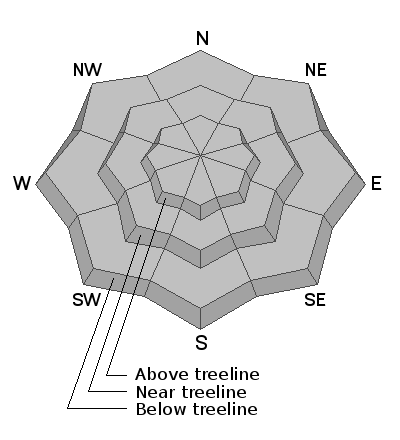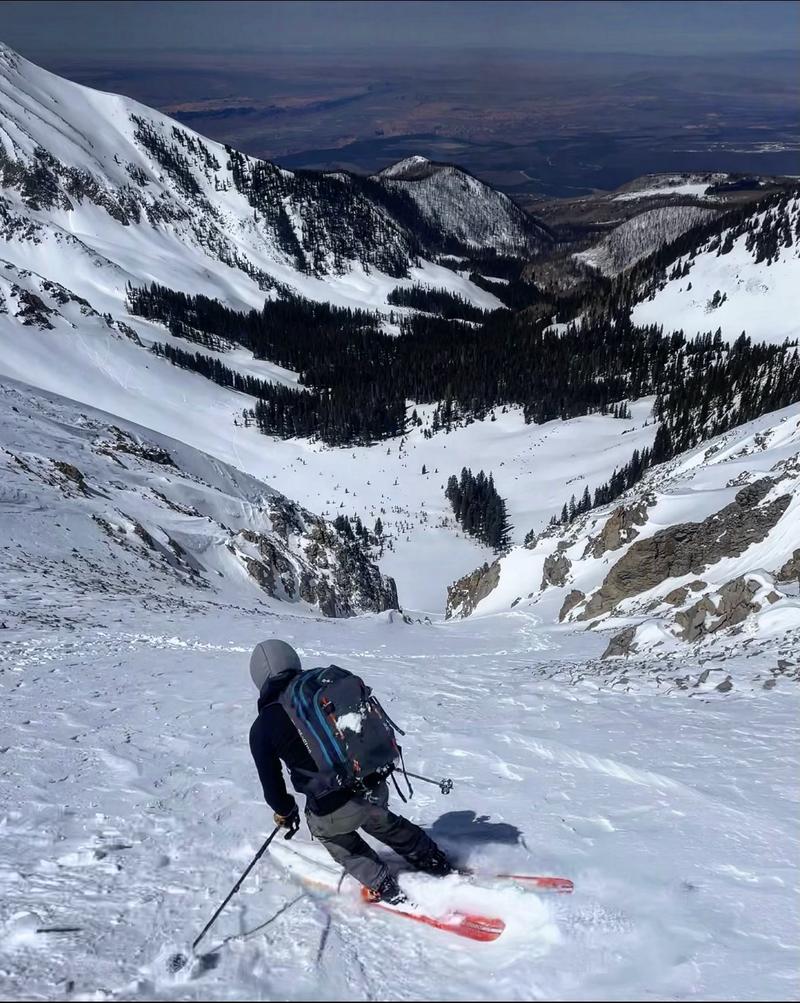Forecast for the Moab Area Mountains

Issued by Eric Trenbeath on
Sunday morning, April 24, 2022
Sunday morning, April 24, 2022
We're through issuing regular avalanche forecasts for the season but will post condition updates as warranted through the month.
Updated Sunday, April 24.
The mountains picked up 5" of new snow on Friday, April 22, accompanied by moderate to strong SW winds. Be on the lookout for fresh deposits of wind drifted snow on the leeward sides of ridge crests and terrain features such as gully walls and sub-ridges. When the sun comes out, the recent, dry, cold snow will quickly become saturated and loose, wet avalanches will be likely. Signs of instability include rollerballs and pinwheels and sloppy wet snow. Stay off of, and out from under steep slopes when these signs are present.

Low
Moderate
Considerable
High
Extreme
Learn how to read the forecast here








